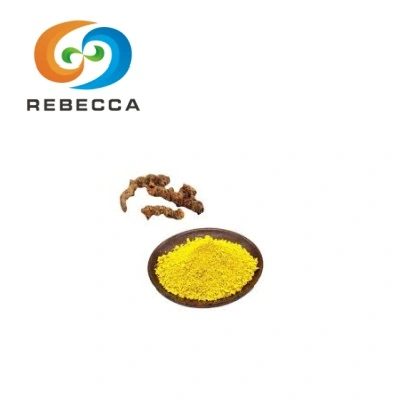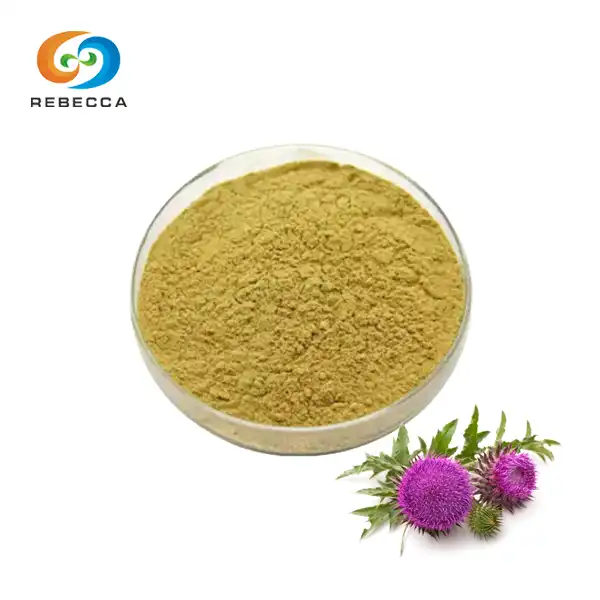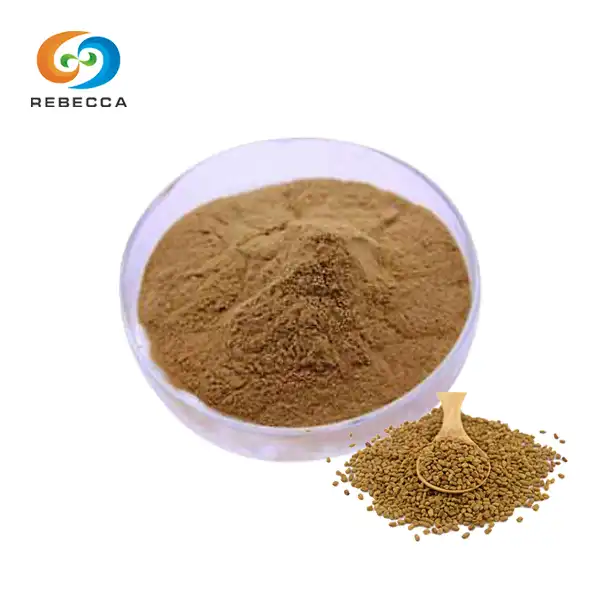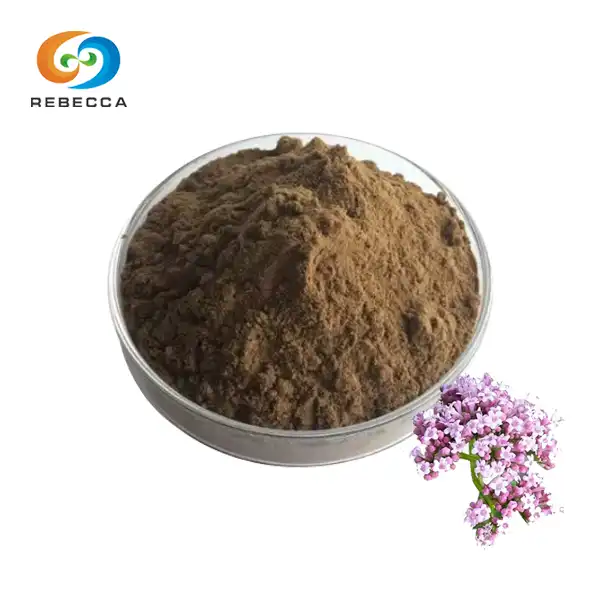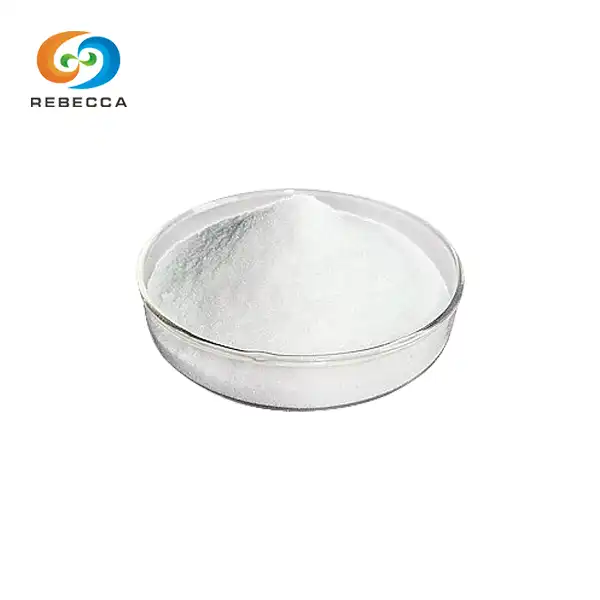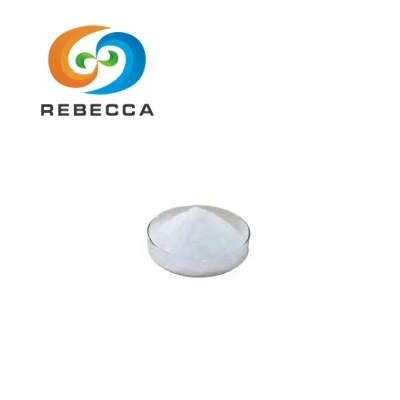Is capsaicin a pain reliever?
The journey from traditional folk medicine to modern pharmaceutical applications illustrates how ancient wisdom meets contemporary science. While people have used chili peppers for pain relief across various cultures, only recent advances in neuroscience and synthetic chemistry have unlocked capsaicin's full therapeutic potential. Today, both natural and synthetic capsaicin formulations serve distinct roles in pain management protocols, with synthetic versions offering advantages in terms of purity, potency, and manufacturing consistency.
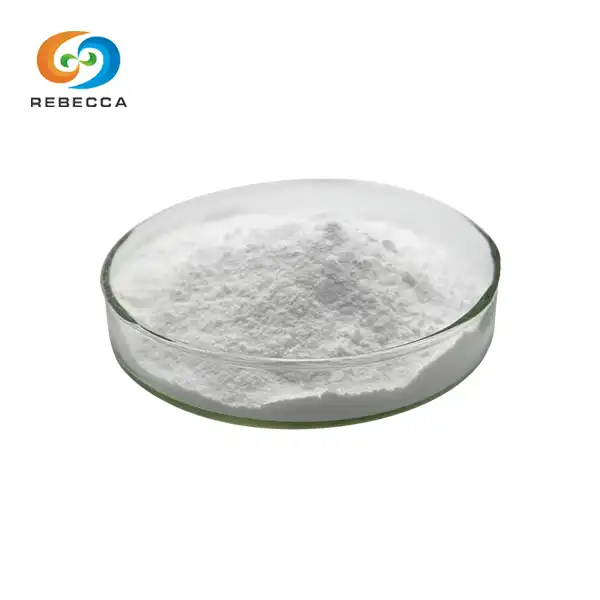
Synthetic Capsaicin
1.Product Name: synthetic capsaicin
2.Other Name:nonivamide powder, Pelargonic acid vanillylamide, Synthetic N-Vanillylnonamide
3.Appearace: Off-white to white powder
4.Specification: ≥98% HPLC
5.CAS No.:2444-46-4
6.Scoville Heat Unit:16,000,000 SHU
7.Molecular formula:C17H27NO3
8.Melting Range: 55~61℃
9.Synthetic capsaicin Professional Manufacturer and Supplier
10.Solubility:Soluble in Chloroform, Ethanol & Insoluble in Water
11.Package: 1kg/Aluminum foil bag, 20Bags/Drum
12.Free Sample Available, COA,MSDS Available
How Does Capsaicin Relieve Pain?
The mechanism by which capsaicin relieves pain operates through a sophisticated neurobiological pathway centered on TRPV1 receptors. These specialized ion channels, found primarily on sensory neurons that detect pain and heat, serve as the primary target for capsaicin's therapeutic action. When capsaicin binds to TRPV1 receptors, it triggers an initial activation phase characterized by intense burning sensations, followed by a critical desensitization period where pain transmission becomes significantly reduced.
This two-phase response begins when capsaicin molecules interact with specific binding sites on TRPV1 channels. The initial binding occurs through both hydrogen bonds and van der Waals interactions, with critical amino acid residues Arg 114 and Glu 761 playing essential roles in the binding process. Once bound, capsaicin stabilizes the open state of the channel through what researchers describe as a "pull-and-contact" mechanism with the S4-S5 linker region, allowing calcium and sodium ions to flow into the nerve cell.
The influx of these ions causes immediate depolarization of the nerve membrane, generating the characteristic burning sensation associated with capsaicin exposure. However, this initial activation paradoxically leads to the therapeutic benefit. Prolonged exposure to capsaicin, particularly at higher concentrations used in medical treatments, causes TRPV1 receptors to become desensitized or even defunctionalized. This process effectively reduces the neuron's ability to transmit pain signals for extended periods.
Synthetic capsaicin demonstrates particular advantages in this mechanism due to its consistent molecular structure and purity. Unlike natural extracts that may contain variable concentrations and impurities, synthetic product provides predictable receptor binding and activation patterns. This consistency becomes crucial for medical applications where precise dosing and reliable therapeutic outcomes are essential. The standardized potency of synthetic capsaicin, often measured in Scoville Heat Units, ensures that each treatment delivers the same therapeutic effect.

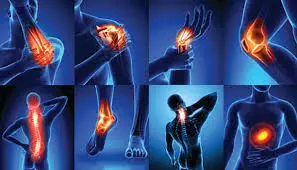
Medical Uses: FDA-Approved and Clinical Applications
The most significant breakthrough in capsaicin-based pain management came with the FDA approval of Qutenza, an 8% capsaicin patch that represents the first prescription-strength capsaicin treatment. This approval marked a pivotal moment in pain management, providing clinicians with a non-opioid alternative for treating challenging neuropathic pain conditions.
The European Union expanded capsaicin's approved uses to include HIV-associated neuropathy in non-diabetic patients, recognizing the broader therapeutic potential of synthetic capsaicin formulations. These approvals followed rigorous phase III clinical trials that demonstrated both safety and efficacy across diverse patient populations. The regulatory success of these applications has paved the way for investigation into additional therapeutic uses, including chronic pain conditions that have proven resistant to conventional treatments.
Beyond prescription applications, lower-concentration capsaicin formulations have gained acceptance for over-the-counter use in managing various pain conditions. These topical preparations, typically containing 0.025% to 0.075% capsaicin, provide accessible options for patients with arthritis, muscle pain, and minor neuropathic conditions. While less potent than prescription formulations, these products offer advantages in terms of patient autonomy and cost-effectiveness for managing mild to moderate pain symptoms.


Evidence
The scientific evidence supporting capsaicin as an effective pain reliever spans multiple decades of research, encompassing laboratory studies, animal models, and human clinical trials. This comprehensive body of evidence demonstrates consistent patterns of efficacy across various pain conditions, with synthetic capsaicin formulations showing particular promise due to their standardized composition and predictable therapeutic effects.
Systematic reviews and meta-analyses have evaluated capsaicin's effectiveness across diverse patient populations and pain conditions. A comprehensive review published in the Cochrane Database examined multiple randomized controlled trials involving thousands of patients with chronic pain conditions. The analysis revealed statistically significant improvements in pain scores among patients treated with topical capsaicin compared to placebo controls, with effects lasting several weeks beyond initial treatment.
Phase III clinical trials for the high-concentration capsaicin patch provided robust evidence for regulatory approval. These studies involved over 1,300 patients with postherpetic neuralgia and HIV-associated neuropathy, demonstrating clinically meaningful pain reduction in approximately 45% of treated patients. The trials utilized standardized pain assessment scales and quality-of-life measures, providing objective evidence of therapeutic benefit that extends beyond simple pain scores to encompass functional improvement.
Laboratory studies have elucidated the molecular mechanisms underlying capsaicin's analgesic effects, providing biological plausibility for clinical observations. Electrophysiological studies demonstrate clear TRPV1 receptor desensitization following capsaicin exposure, with synthetic capsaicin showing more consistent receptor binding compared to natural extracts. These mechanistic studies support the clinical evidence by explaining how temporary pain activation leads to sustained pain relief.
Comparative effectiveness research has positioned capsaicin therapy within the broader context of pain management options. Studies comparing synthetic capsaicin treatments to traditional analgesics, including opioids, anticonvulsants, and tricyclic antidepressants, reveal distinct advantages in specific patient populations. Capsaicin therapy demonstrates particular value for patients who cannot tolerate systemic medications or those seeking non-pharmacological alternatives for chronic pain management.
Long-term safety data from post-marketing surveillance studies provide reassurance regarding capsaicin's therapeutic profile. Unlike many pain medications that carry risks of tolerance, dependence, or serious systemic side effects, capsaicin treatments demonstrate favorable safety profiles even with repeated use. The localized nature of capsaicin's action limits systemic exposure, reducing the potential for drug interactions or organ toxicity associated with systemic pain medications.
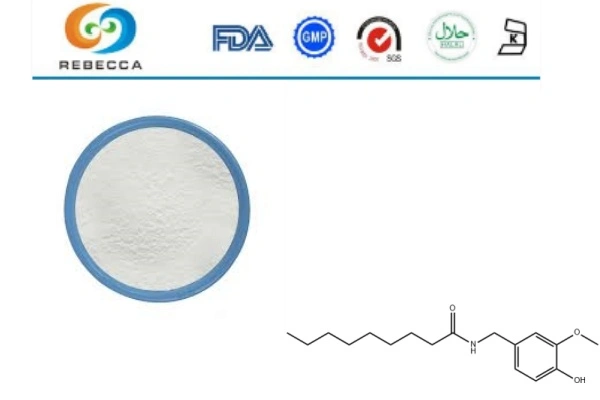
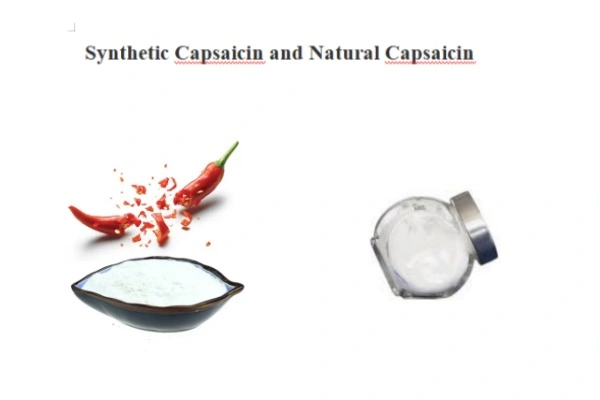
Rebecca: Synthetic Capsaicin Manufacturer
Rebecca stands at the forefront of synthetic capsaicin manufacturing, providing pharmaceutical-grade compounds that meet the most stringent quality standards required for medical and research applications. Our commitment to excellence ensures that every batch of products delivers the consistency and purity that healthcare professionals demand for effective pain management solutions.
Our nonivamide maintains exceptional specifications that exceed industry standards. With purity levels of ≥98% HPLC, verified through rigorous analytical testing protocols, our product ensures reliable therapeutic outcomes in clinical applications. The standardized Scoville Heat Unit rating of 16,000,000 SHU provides the potency consistency essential for reproducible therapeutic effects, whether in pharmaceutical formulations or research applications.
Understanding the critical importance of documentation in pharmaceutical applications, we provide comprehensive quality assurance materials with every order. Our Certificates of Analysis (COA) detail the specific composition and purity of each batch, while Material Safety Data Sheets (MSDS) provide essential safety information for handling and storage. These documents ensure full regulatory compliance and traceability throughout your supply chain.
We recognize that evaluating new suppliers requires careful assessment of product quality and reliability. That's why we offer free samples to qualified customers, allowing you to verify our capsaicin's quality and suitability for your specific applications before committing to larger orders. Our technical support team provides expert guidance throughout the evaluation process, ensuring our products meet your exact requirements.
For more information about our products or to request samples and place an order, please reach out to us at information@sxrebecca.com. Our experienced team is ready to discuss your specific needs and provide customized solutions that support your pain management and research objectives.
References
Journal of Chemical Information and Modeling, 2022; Neurochemical Research, 2023; PNAS Capsaicin-TRPV1 Binding Studies; Advances in Pharmacological Sciences, 2016.
FDA Drug Approval Database, 2009; European Medicines Agency Approval Documents; PMC Clinical Capsaicin Reviews, 2011-2018; Journal of Pain Management Clinical Studies.
Cochrane Database Systematic Reviews, 2017-2022; New England Journal of Medicine Clinical Trials, 2009-2015; Pain Medicine Clinical Evidence Reviews; Journal of Pain Research Comparative Studies; BMC Pain Management Clinical Outcomes.
